Cars and motorcycles battled for space in the traffic, their horns raising a constant din. Lighted signs for McDonald’s, Burger King, and other well-known fast-food joints vied for attention with billboards touting trendy women’s fashions.
Gradually, less familiar touches of the destination began to catch my attention. Street vendors maneuvered pushcarts laden with foods that were new to my eye. Towering minarets pierced the skyline. Ramshackle apartment buildings festooned with laundry drying in the sun stood next to modern high-rise hotels.
The goal of most people who travel to this ancient land is to see the pyramids, the Sphinx, and other storied monuments to the past; gaze at, and perhaps ride on, the Nile River, and meet and mingle with people who in ways live as they have for hundreds of years and longer while merging ageless traditions with modern mores.
Given the inclusive two-week itinerary that my wife Fyllis and I followed with Overseas Adventure Travel, we returned home with a sense of awe at Egypt’s most iconic attractions, an appreciation for its fascinating culture and a new awareness of below-the-radar appeals that can be overlooked in the hoopla over its more celebrated draws.
The first view of the famous pyramids immediately makes clear why they were included among the Seven Wonders of the Ancient World, a listing first compiled in 225 BC. The Great Pyramid (above) is one of more than 100 throughout the country and the largest of three at Giza, a suburb of Cairo. It was built more than 4,000 years ago to serve as the tomb of Pharaoh Khufu (Cheops).
Its size alone - the original 481-foot height is equal to a 48-story building - accounts for much of its claim to fame. Standing at the base of this massive structure adds to the appreciation of what architects designed, and men using primitive tools created, so long ago. How did workers cut 2.3 million massive stones, move them to the building site and elevate them up the sides of the pyramid as it grew?
Lying in the shadow of the Giza pyramids is another world-class treasure, the Great Sphinx, a mythological creature carved from a single piece of limestone which dates back at least to 2500 BCE, and some geologists believe even earlier. Featuring a lion’s body and human head adorned with a royal headdress, the 240-foot-long figure is among the world´s largest.
A wealth of information about everything Egyptian awaits discovery at two outstanding Cairo museums. Displays at the 124-year-old Museum of Egyptian Antiquities on Tahrir Square range from coins and bits of papyrus that display Greek, Latin, Arabic and other languages to life-size statues and sarcophagi, the outside containers of coffins.
Then there´s the long-awaited, and recently inaugurated Grand Egyptian Museum in Giza, with an even more massive collection, with pride of place going to 22 mummies that have been recovered from their original resting places and put on display. They include 18 kings and four queens, whose preserved bodies rest in repose. Gazing at these once-powerful rulers, my imagination pictured them coming to life after the museum closes to recall their days as leaders of great civilizations.Here you´ll also find collections gathered from other institutions (including the aforementioned Museum of Egyptian Antiquities), which tell the story of civilization in the region from prehistoric times to the present.
Along with Egypt’s colorful history and the many accomplishments it entails, introductions to everyday life today add to the enjoyment and education of a visit to this fascinating society. For Fyllis and me going with Overseas Adventure Travel enhanced the experience in a number of ways. In addition to the must-see places and activities, our itinerary included some which many visitors might miss. For example, in keep with OAT’s goal of making “learning and discovery” an integral part of their trips, our congenial, knowledgeable local guide Hussien – who is well on his way to earning a Ph.D. In Egyptology – went out of his to establish ad hoc encounters with everyday Egyptians.
Several times, he randomly approached locals, asked if they would be willing to speak with visitors from the United States, and served as interpreter. Among results of these chance meetings, we gleaned information about topics ranging from education (we met several young people whose accomplishments and aspirations speak well for Egypt’s future) to women’s rights (they are gradually improving). One day spent with a family in a typical small village demonstrated that while Cairo is leapfrogging toward the future, rural life continues much as it has for centuries. Subsistence farming remains the staple industry in tiny towns of modest mud brick and concrete houses, everyone knows their neighbors and the addition of modern amenities like television and air conditioning hasn’t changed ages-old practices. We saw women grinding seeds into flour between two stones and men planting crops using tools that might have been passed down for generations.
Fyllis and I also spent a week aboard the Nefertiti, the OAT-owned ship the served as our home during a cruise along the Nile River. That led us to some of Egypt’s most impressive shrines and temples which lie near the riverbanks. The temple complex at Karnak, on which construction began in the 19th century BCE, encompasses shrines and monuments dedicated to a series of rulers. Walls are covered by hieroglyphics that are as deeply etched and detailed as when they were carved, and paintings whose colors are as bright as the day they were created.
The temple at Luxor, perched on the east bank of the Nile, was a center for some of Egypt’s most powerful pharaohs. They included Ramses II, whose reign lasted 67 years, and Tutankhamen (dubbed “the boy king”), who took the throne at the age of about eight and died nine years later.
The Nile cruise became another high point of our trip in other ways as well, serving up a passing parade of classic Egyptian scenes. Seated outside on our stateroom sun deck, we waved to villagers who greeted us as we floated by, spotted fishermen in tiny boats and admired feluccas, traditional wooden sailboats that continue to be used to ferry both goods and people. We saw men sitting in the sun enjoying their morning tea and shisha (hookah) pipe, and admired the graceful minarets that look over each low-rise village. We also came to understand how important the Nile is, and has been, in the lives of Egyptians. Without the river, there would be no fertile soil, a scarcity of food and little electricity. The river flows between a narrow stretch of verdant land along each bank, which quickly gives way to barren desert. It’s little wonder that over 90 percent of Egypt’s population lives along the Nile, on just three percent of the country’s territory.
Seeing the dramatic change from a ribbon of green winding through an arid wasteland, and visiting villagers whose lifestyles have changed over centuries, would be reason enough to visit Egypt. Throw in its rich history, and magnificent monuments to that past, and it’s clear why the country ranks high on many a travel bucket list.
If you go. Egypt generally is safe for visitors, who often are greeted by passers-by with a smile and nod. One reason may be that it has been attracting sightseers since ancient Greeks and Romans, who came to goggle at its architectonic treasures.
While temperatures during summer can reach 100 degrees Fahrenheit and even warmer, we were comfortable because of the low humidity. In winter, overnight lows in places drop into the 50s and comfortable daytime highs are about 80.
Our visit to Egypt with Overseas Adventure Travel, the self-styled “Leader in small groups on the road less traveled,” enabled us to pack as many experiences as possible into every hour of every day. From interactions with locals, including a home-hosted dinner and farm family visit, to having most tips included, from discussions of “controversial topics” to sailing along the Nile on the company’s own private boat and internal flights by charter plane, every detail enhanced the enjoyment.
For information about Overseas Adventure Travel log onto oattravel.com. For information about Egypt log onto egypt.travel.
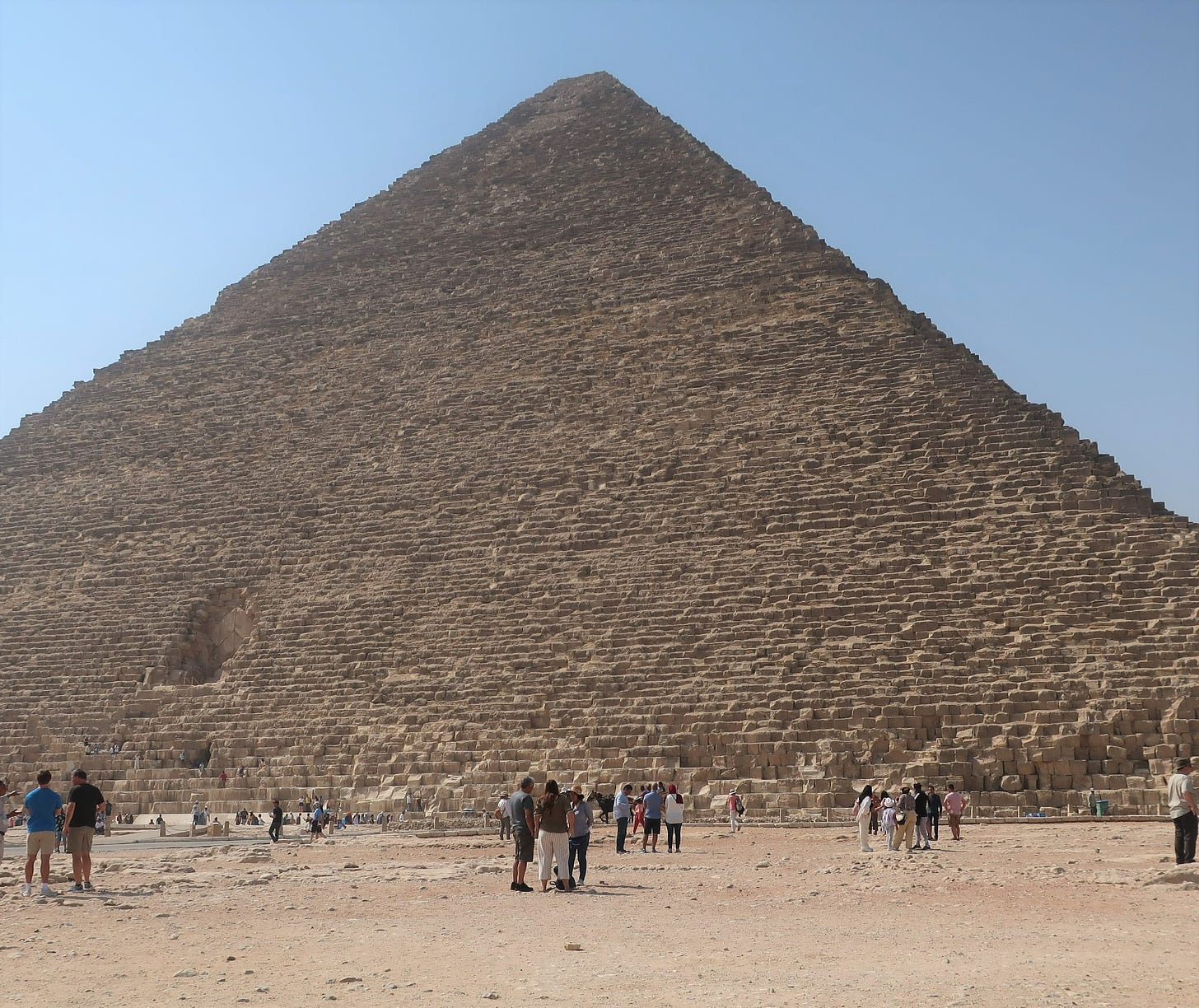
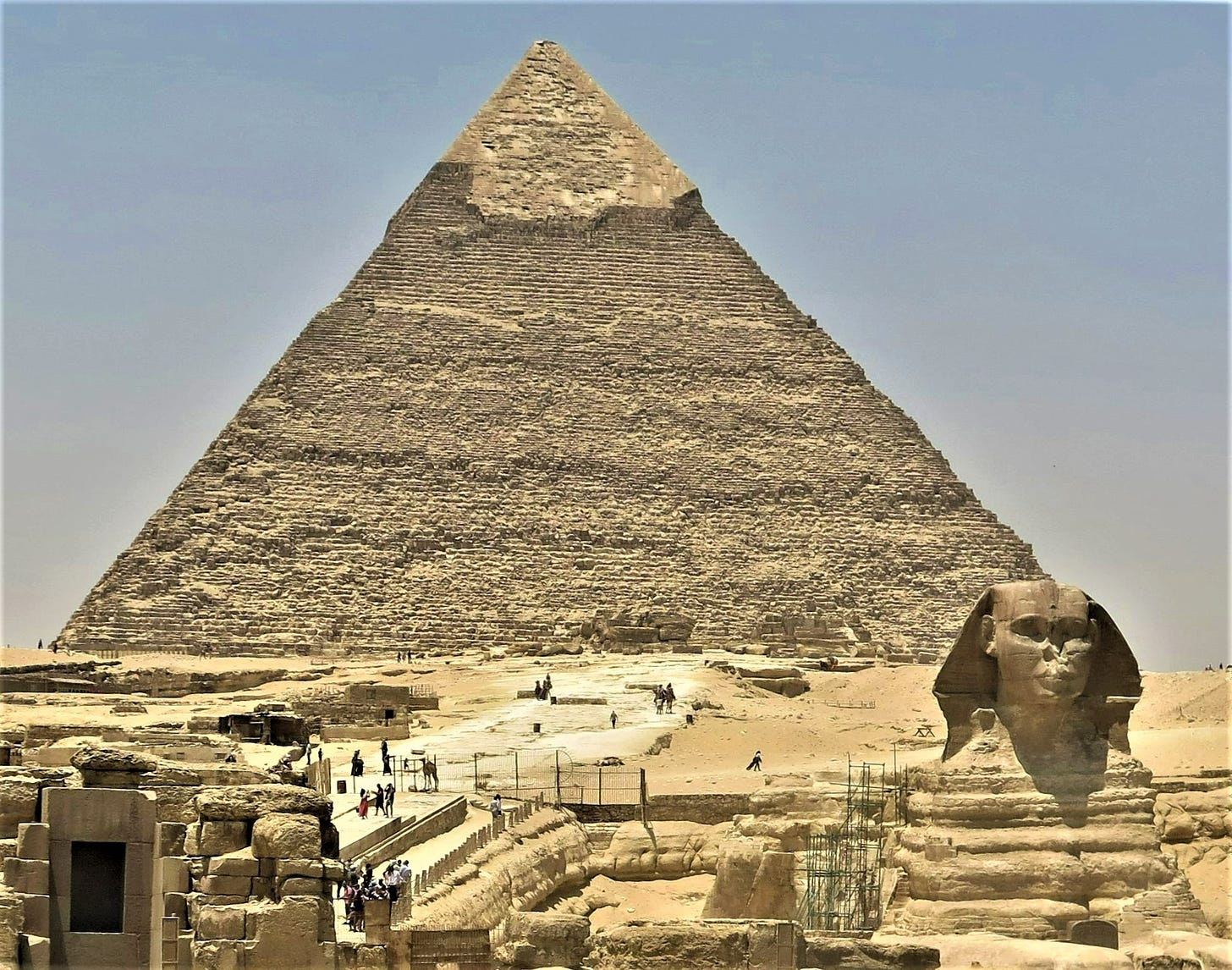
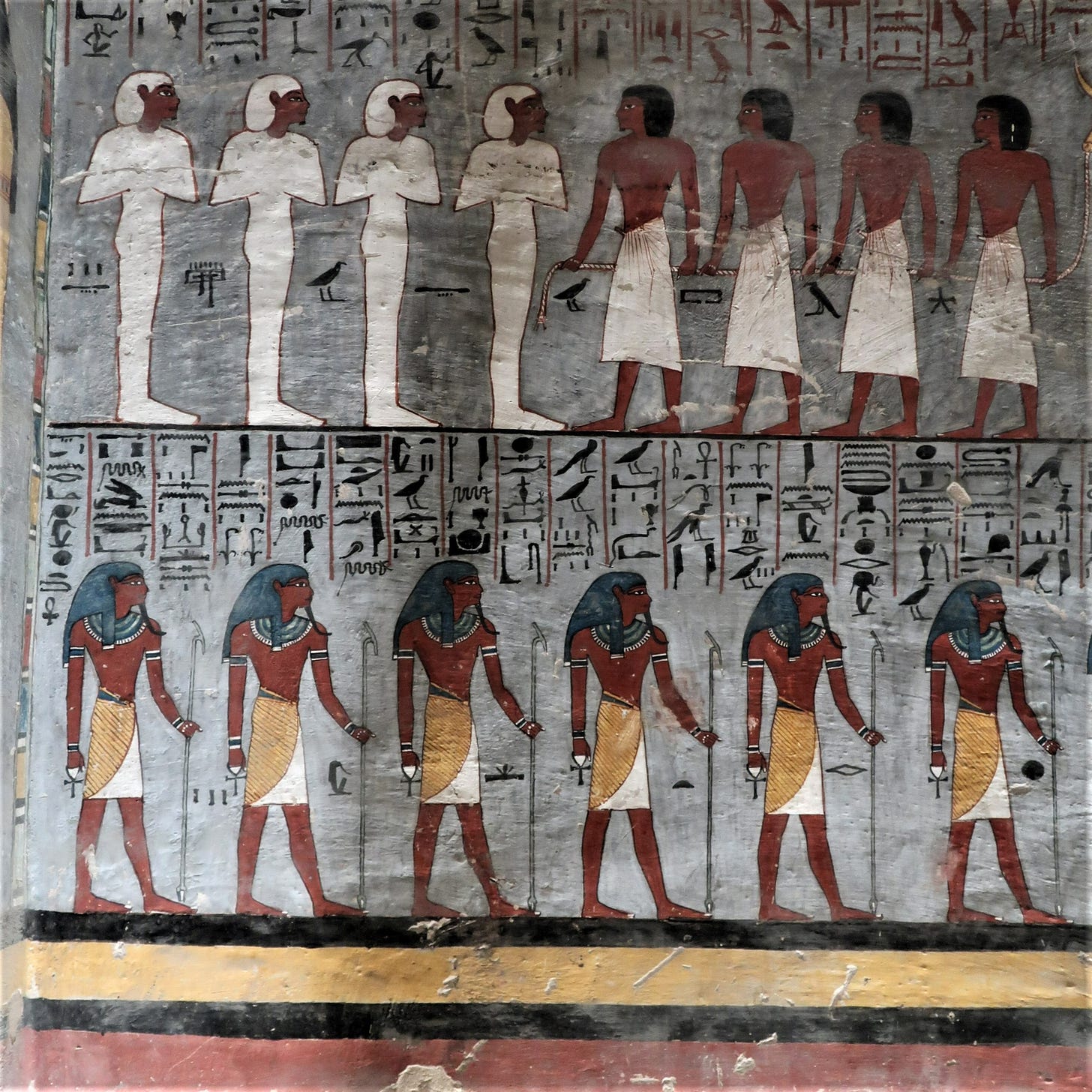
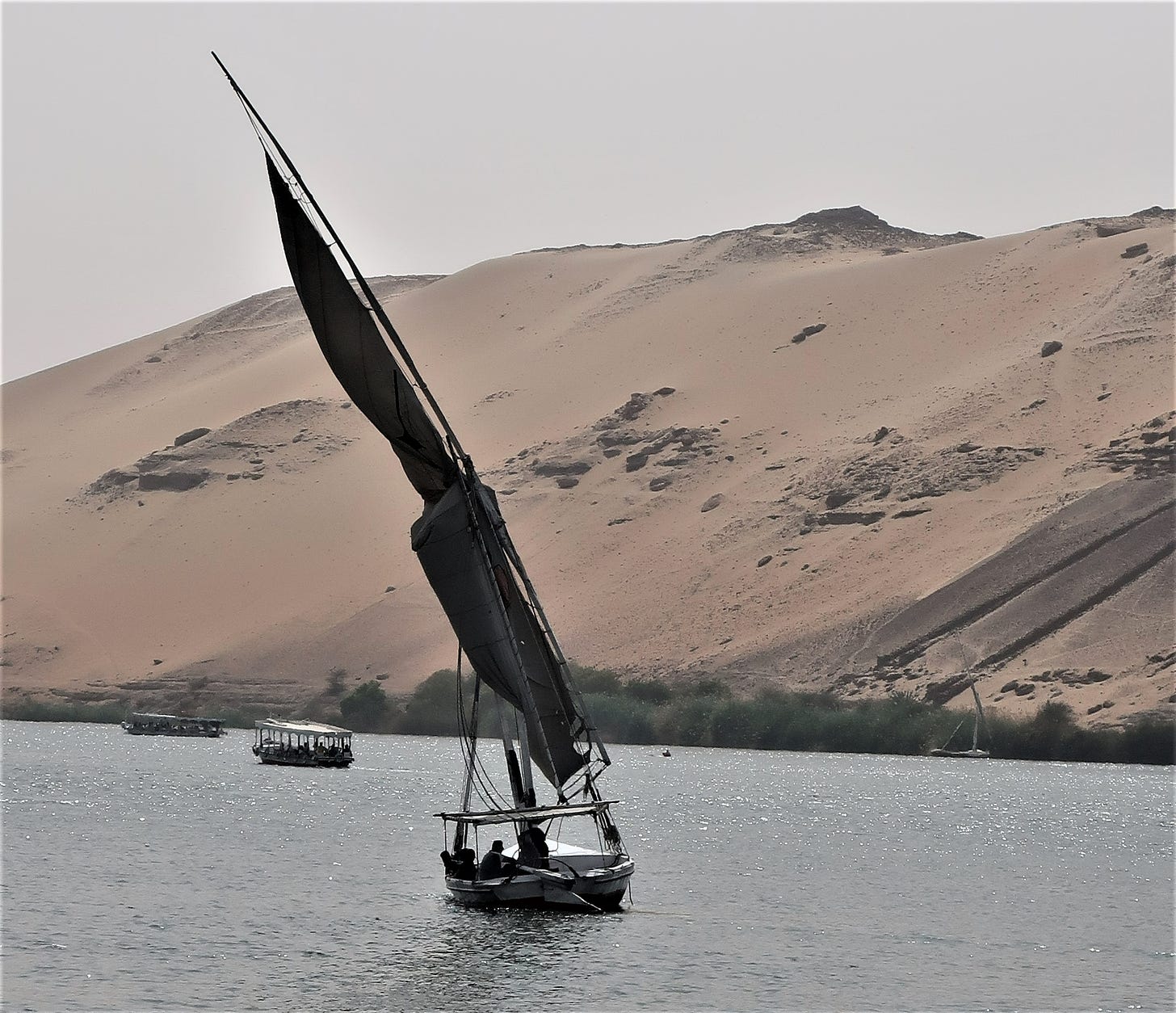

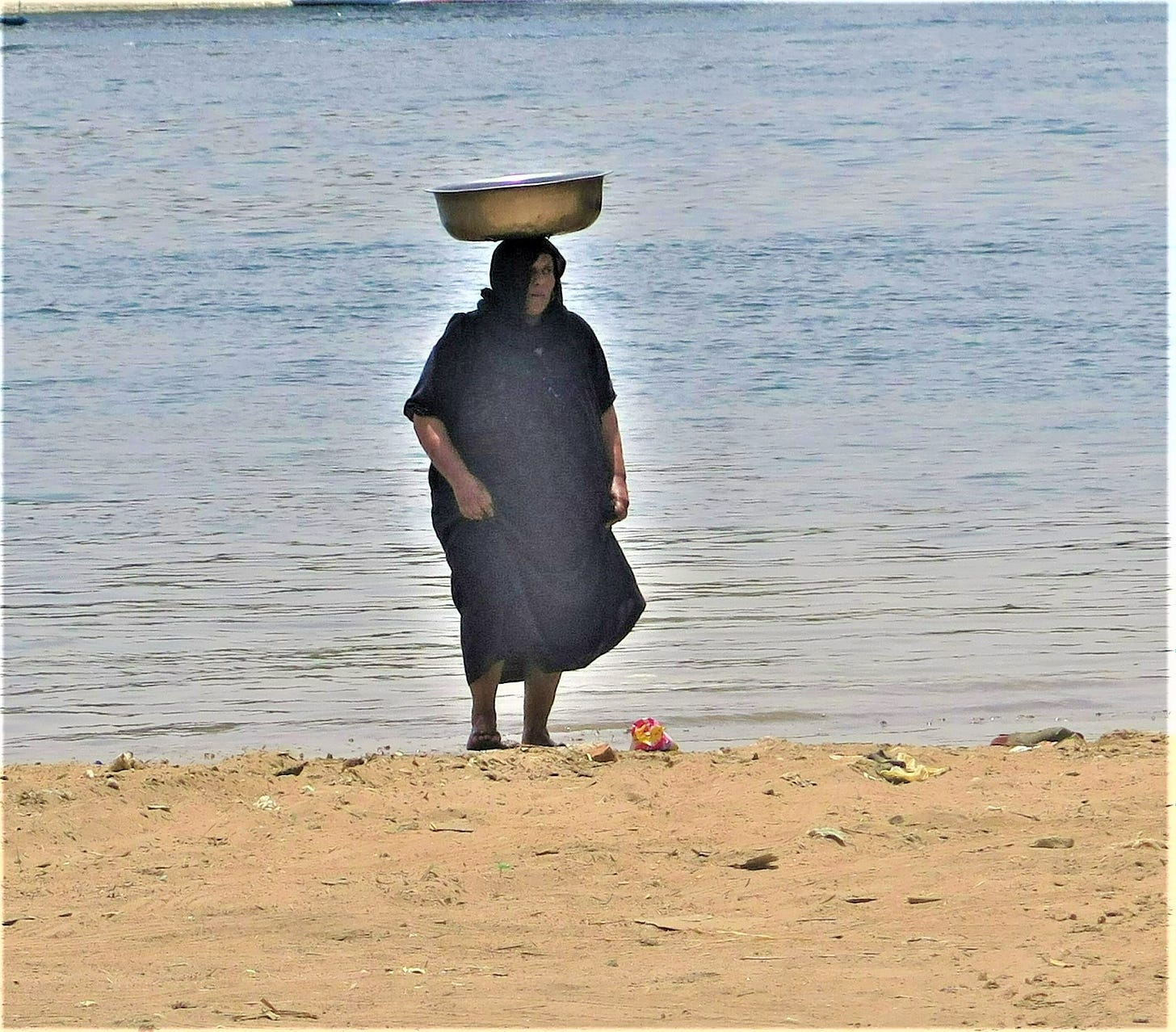
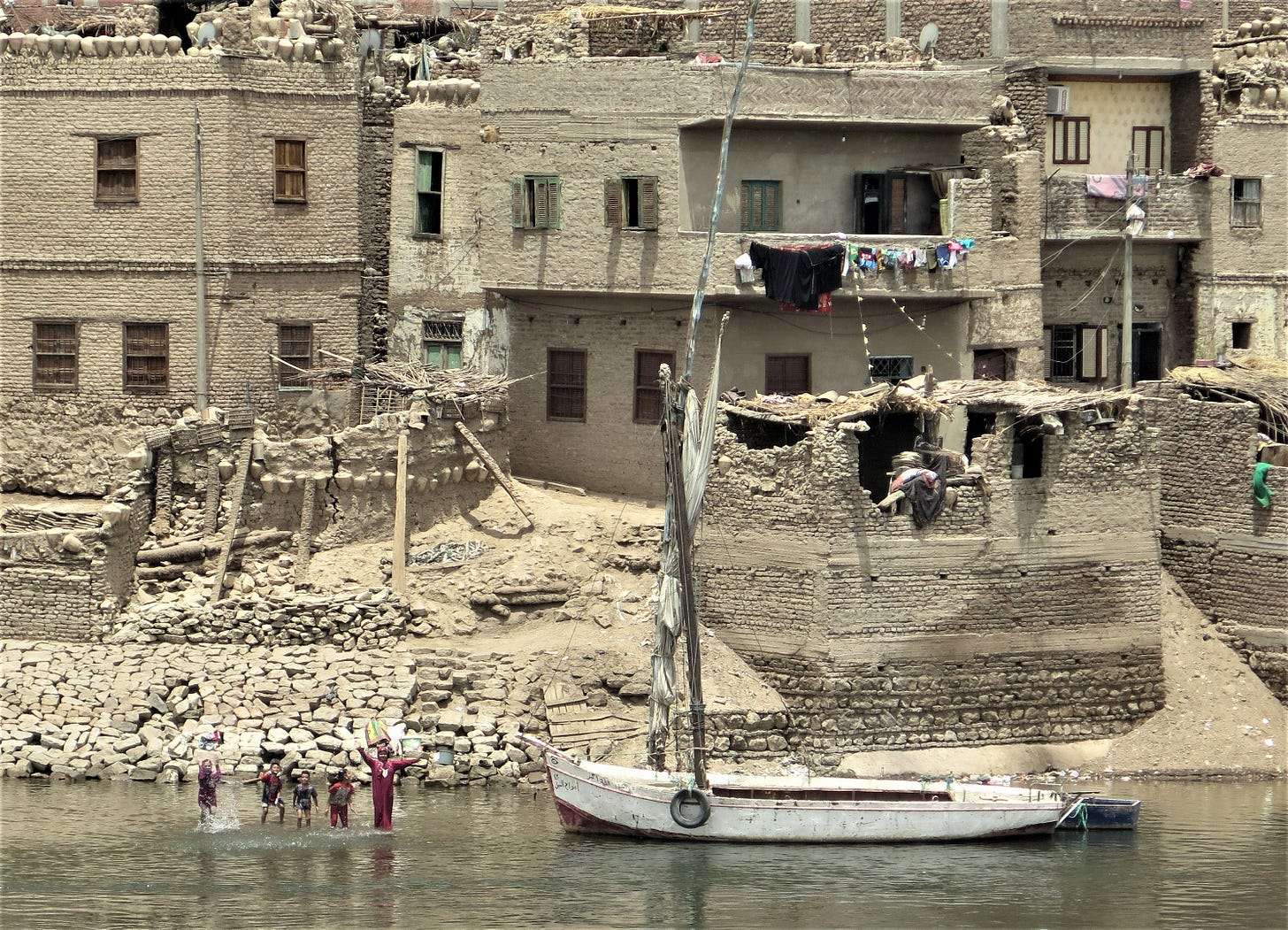
Comments
I´m going in two weeks - can´t wait!